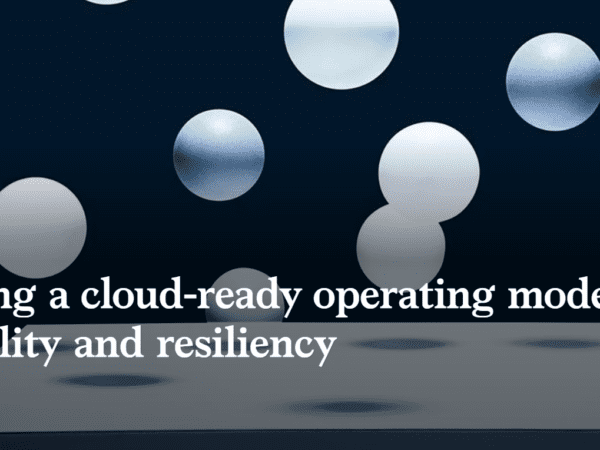How To Move Beyond Remote Work And Create A Workforce Ecosystem
Published by Forbes on 24th May 2022.
Author: Roger Trapp
Nearly two-and-a-half years after the pandemic forced businesses around the world to embrace remote working, debate continues to rage over whether this will just be a passing fad or whether we are at the beginning of a fundamental shift in how and where work is done.
We should, of course, always be sceptical of research from those with more than a passing interest in its findings, but the recently published Future of Work 2022 Report from the automation platform Zapier does suggest that U.S. workers are in no particular hurry to return to how things used to be. Two-thirds agreed that remote work had given them the flexibility to deal with the demands of family life, with 61% saying that they would resign from their job if a fully remote opportunity presented itself. Among those just starting work (aged between 18 and 24) the enthusiasm was even greater. All said they would leave their current roles for the opportunity to work fully remotely. And almost all feel that remote working enables them to achieve a better work-life balance and so be happier at work.
In many ways, though, the argument is already beside the point because work has been changing ever since computers entered the workplace, with the pace of that change accelerating with every advance in technology. Just how far things have moved is demonstrated by the fact that for the past three years the MIT Sloan Management Review has with the professional services firm Deloitte conducted research on the future of the workforce and particularly the “extended workforce”, which includes people who can range from full-time employees working in the office, through remote or hybrid employees to contractors of various kinds.
Access the full article here.



